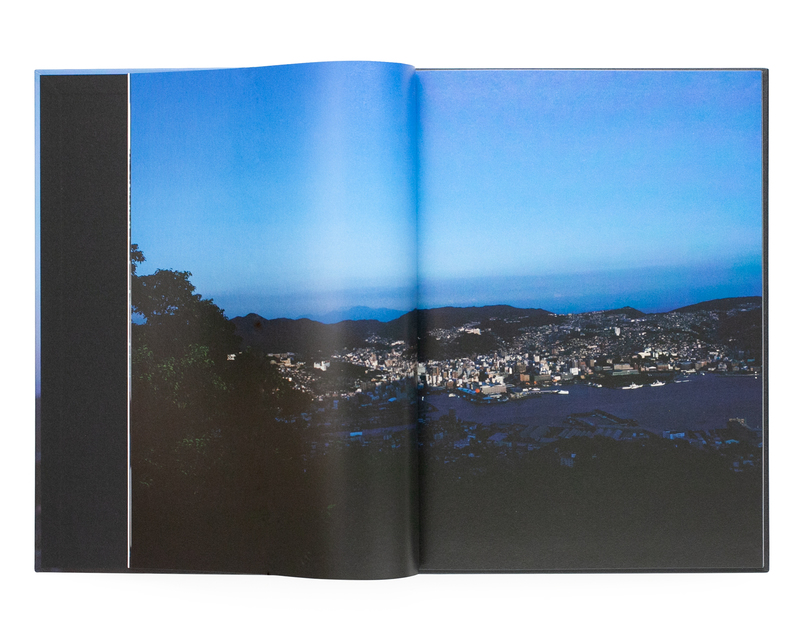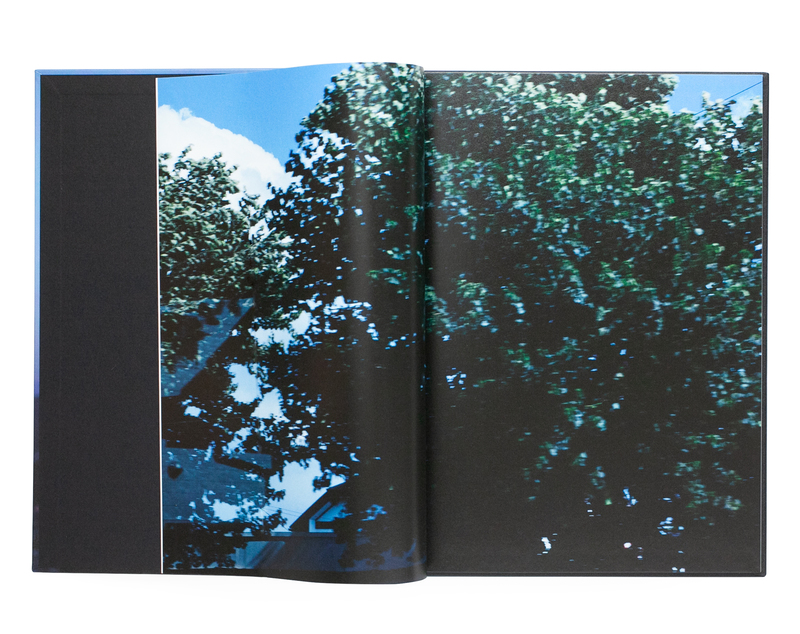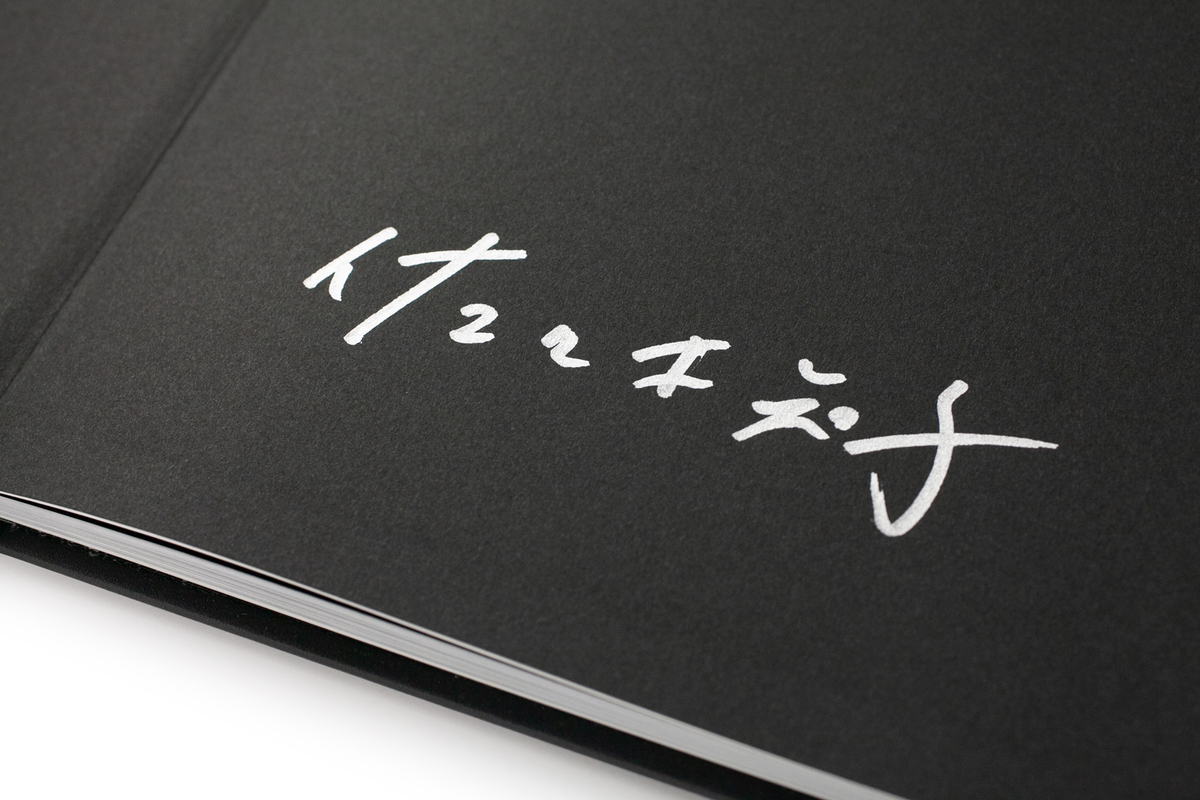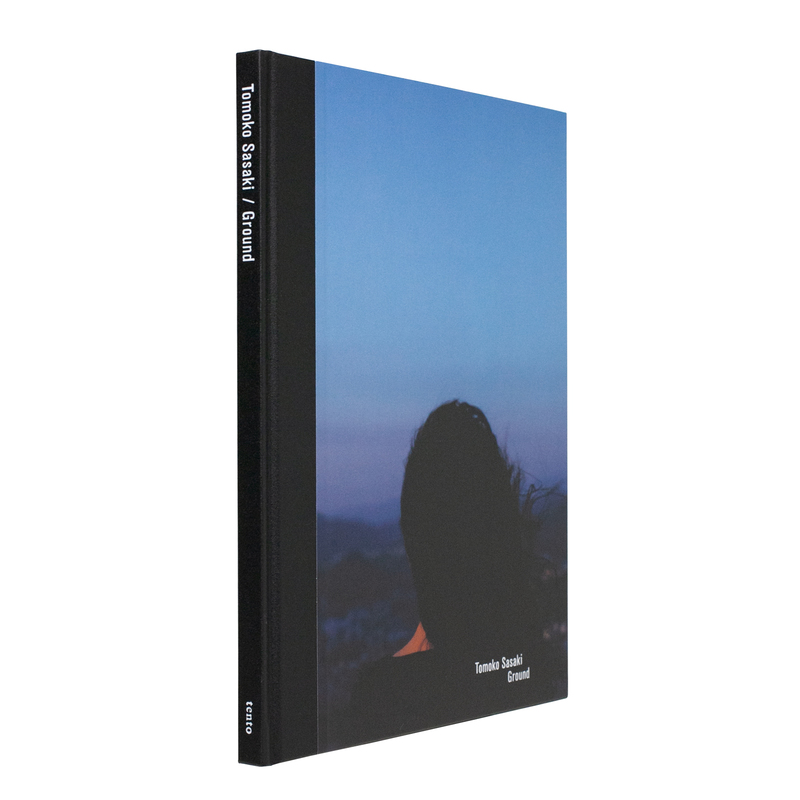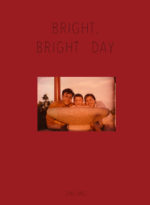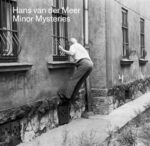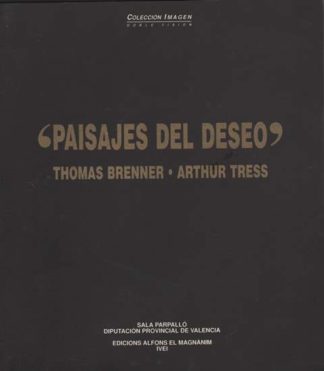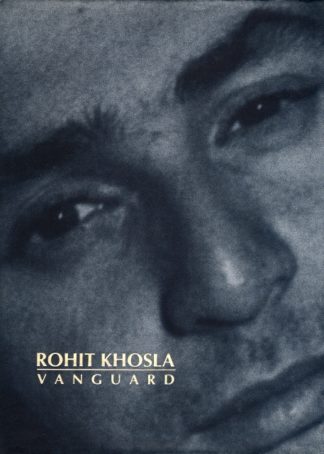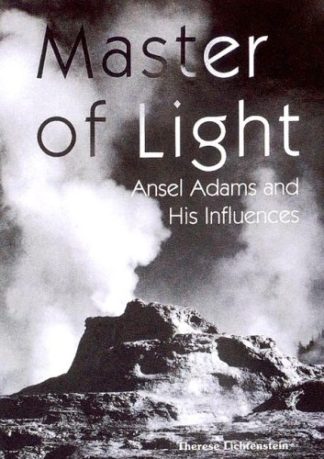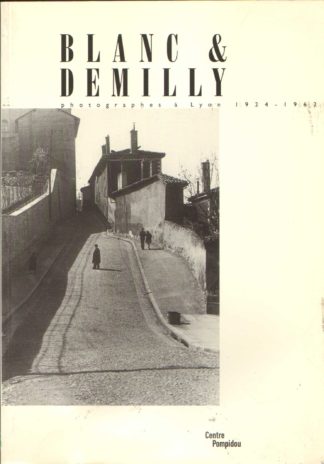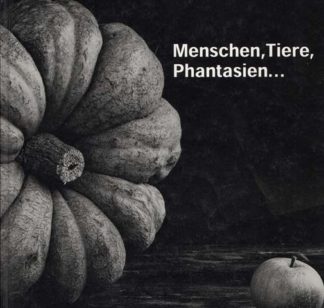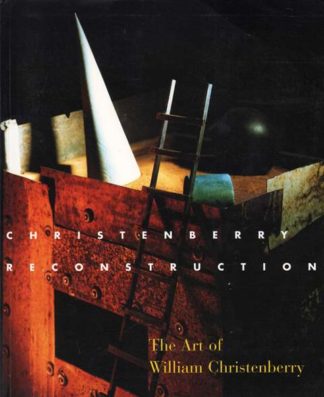Exemplaire Signé.
1ère édition tirée à 500 exemplaires.
Les photographies du livre « Ground » de Tomoko Sasaki ont été prises dans la ville de Nagasaki et sa périphérie. Nagasaki est une ville au passé diversifié. C’est là qu’un avion américain a largué la deuxième bombe atomique, tuant des dizaines de milliers de personnes. Empoisonnés par les radiations, et malgré la croyance que la région serait inhabitable pendant des décennies, les gens ont commencé à reconstruire la ville quelques jours plus tard. Deux mois plus tard, en place des arbres appartenant à un sanctuaire situé à moins d’un kilomètre de l’hypocentre ont commencé à pousser de nouveaux germes.
Nagasaki est aussi un lieu riche en histoire chrétienne. C’est là que les chrétiens et les missionnaires chrétiens se sont cachés pendant plus de 200 ans, pratiquant leur foi et construisant des sites de culte secrets, lorsque le Japon en ait interdit la religion en 1614. La cathédrale d’Urakami, construite à la main pendant 30 ans jusqu’à son achèvement dans les années 1920, a disparu en un instant en 1945 pour être reconstruite en 1958.
En 80 photographies prises des ruines de Nagasaki près de l’hypocentre et du paysage environnant, Sasaki explore la mémoire des paysages et laisse la terre, le sol parler de ce qu’il a vu.
« Affronter un paysage, c’est regarder le passé à travers le présent et, parfois, se retrouver face à face avec des vies perdues. » (Extrait de la préface de Sasaki)
Le livre comprend également un essai plus long du philosophe religieux Kazuyuki Nemu ainsi qu’une carte des dommages physiques causés par la bombe atomique ; préface de Tomoko Sasaki, texte de Kazuyuki Nemu, photos en couleurs.
Tomoko Sasaki’s photobook “Ground” was photographed in the city of Nagasaki and its periphery. Nagasaki is a city with a diverse past. This is where a US plane dropped the second atomic bomb, killing tens of thousands. Poisoned with radiation, and despite beliefs that the area would be uninhabitable for decades, the people began rebuilding the city only days later. Two months later, trees belonging to a shrine less than a kilometer away from the hypocenter began to grow new sprouts.
Nagasaki is also a place rich in Christian history. This is where Christians and Christian missionaries hid for more than 200 years, practicing their faith and building secret worshipping sites, after Japan outlawed the religion in 1614. The Urakami Cathedral, built by hand for 30 years until its completion in the 1920s, disappeared in an instant in 1945 to be rebuild in 1958.
In 80 photographs taken of Nagasaki’s ruins near the hypocenter and the surrounding landscape, Sasaki explores the memory of scenery and lets the land, the ground speak of what it has seen.
“To confront a scenery is to look at the past through the present, and at times, to come face to face with lost lives.” (from Sasaki’s foreword)
The book also includes a longer essay by religious philosopher Kazuyuki Nemu as well as a map of the physical damage caused by the atomic bomb.






